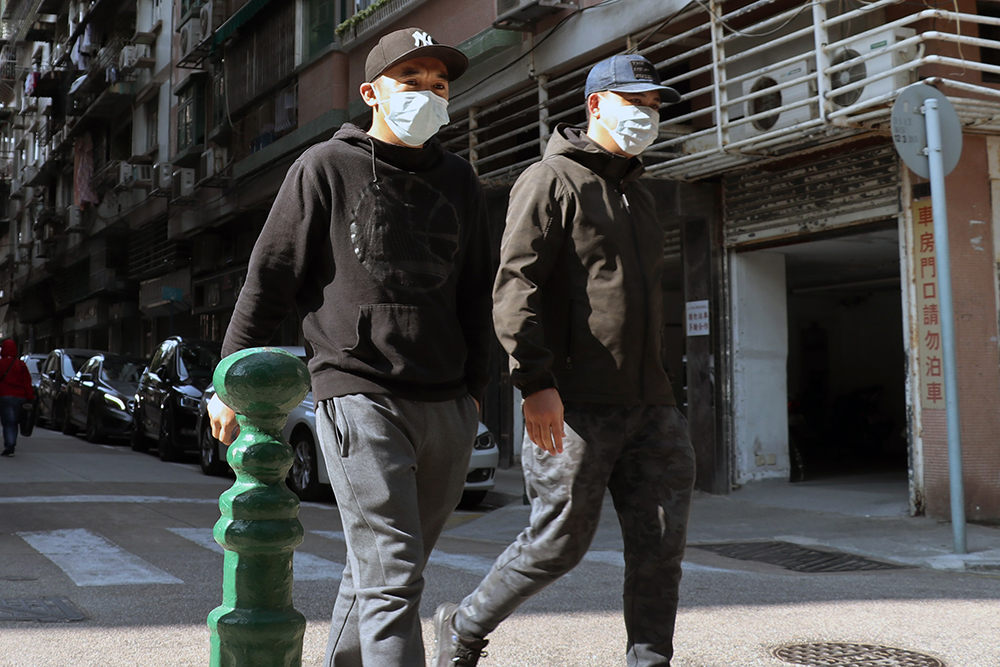The Centers for Disease Control and Prevention of the United States Department of Health and Human Services have launched a chatbot that will help people decide what to do if they have potential Coronavirus symptoms such as fever, cough, or shortness of breath. This was reported by the magazine MIT Technology Review on 24 March 2020. “The hope is the self-checker bot will act as a form of triage for increasingly strained health-care services.” (MIT Technology Review, 24 March 2020) According to the magazine, the chatbot asks users questions about their age, gender, and location, and about any symptoms they’re experiencing. It also inquires whether they may have met someone diagnosed with COVID-19. On the basis of the users’ replies, it recommends the best next step. “The bot is not supposed to replace assessment by a doctor and isn’t intended to be used for diagnosis or treatment purposes, but it could help figure out who most urgently needs medical attention and relieve some of the pressure on hospitals.” (MIT Technology Review, 24 March 2020) The service is intended for people who are currently located in the US. International research is being done not only on useful but also on moral chatbots.
How to Use Service Robots in the Coronavirus Disease
COVID-19 demonstrates that digitization and technologization can be helpful in crises and disasters. In China, service robots deliver medicine and food in hospitals and quarantine stations, and drones track people without breathing masks. Those who has to stay at home can continue to perform their tasks and receive further training via a computer workstation and e-learning applications. Globalisation is a problem in the spread of the virus, but also a solution in combating it: research was immediately carried out worldwide on a drug against SARS-CoV-2. The use of robots and drones in China has been criticised for the loss of privacy. There was also criticism of the fact that the communist party and the media market the use of robots as a chinese success story, but that some of them originate from abroad. Well-known transport robots are, for example, from Starship Technologies and Savioke. Both companies are based in California.

